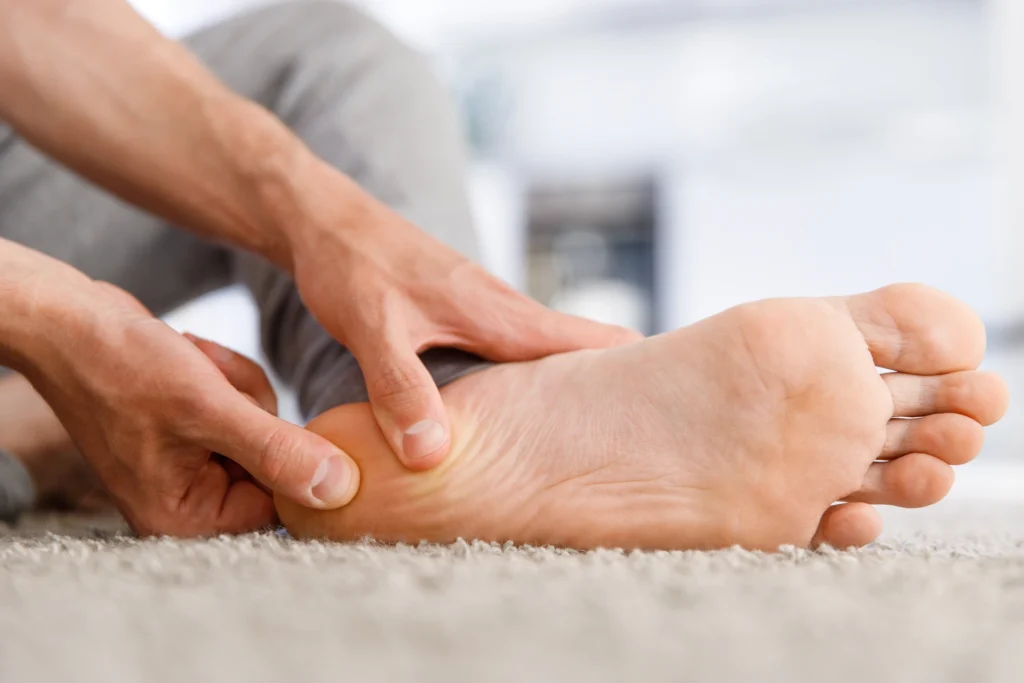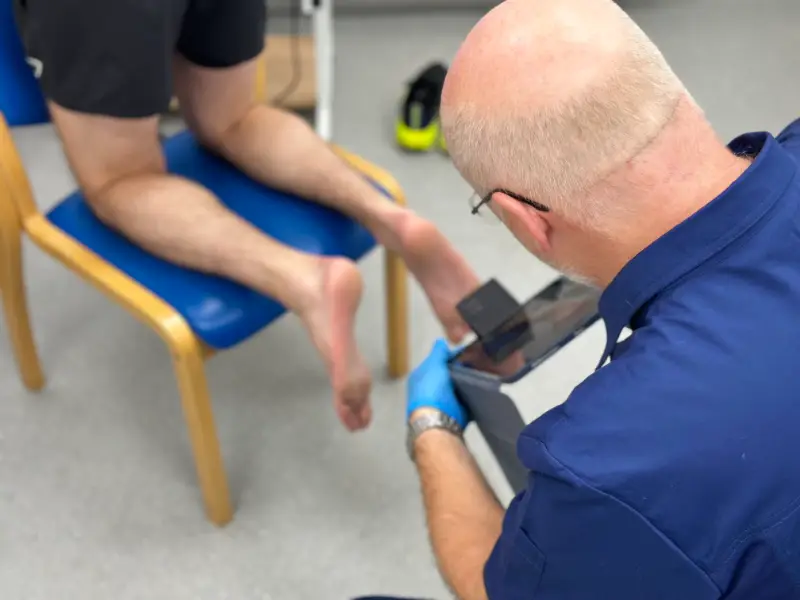There are many causes of heel pain, but the common thing is the pain. From that first step in the morning the pain is there constantly wearing you down. You may have looked up heel pain and tried over the counter treatments, but this condition can become chronic in nature as it can linger on.
It is important to address this condition as quickly as possible. Our Podiatrists are trained in diagnosis of the condition and the cause of the condition. Once we know the cause we can work to correct the issue. As we tailor the treatment to your specific needs we get much better results.


Call us today for expert podiatry care.
Email us for personalised podiatry support
329 Chester Road, Castle Bromwich Birmingham B36 0JG